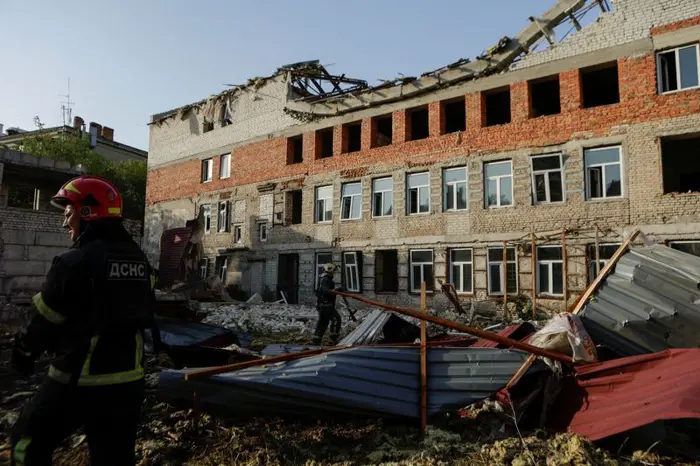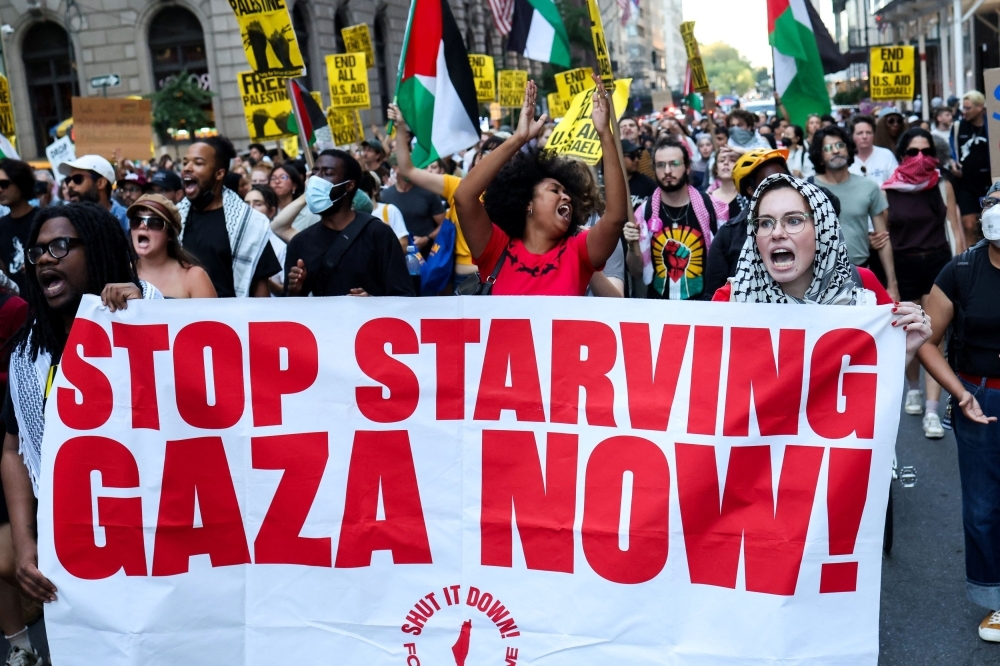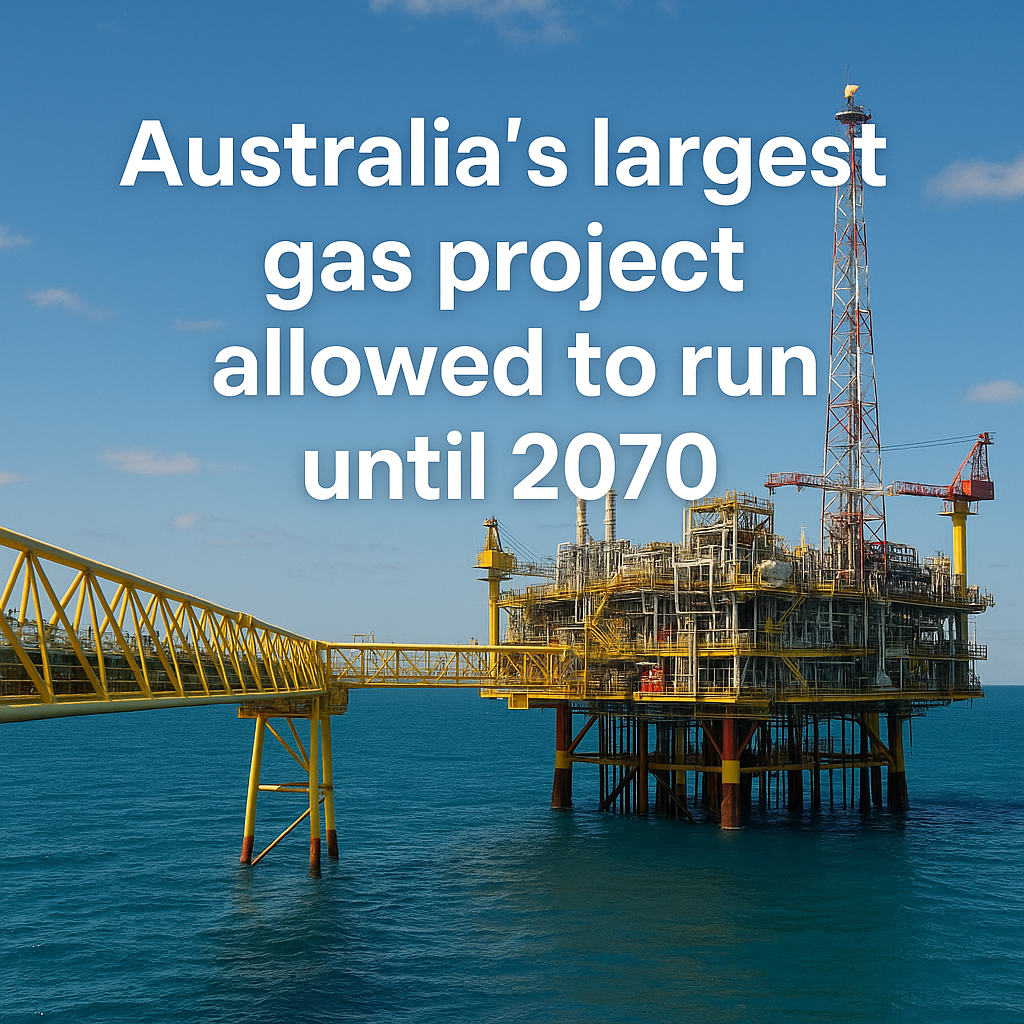Near a quiet bend of the Patoyacu River in Peru’s northern Amazon, Wilmer Macusi, a 25-year-old Indigenous Urarina leader, stands atop a rusting pipeline. He stirs a branch in the murky pool below, where oil still bubbles to the surface. “They say this is clean,” he says, gesturing toward the water, “but the oil hasn’t gone away.”
The pipeline runs through Block 8, linking it to the larger government-owned North Peruvian Pipeline (ONP), and Macusi’s community, Santa Rosa, lies just a short walk away. For decades, northern Peru’s Amazon was a major oil hub, producing up to 200,000 barrels a day in the 1980s. Today, production has fallen below 40,000 barrels daily, as environmental concerns, Indigenous opposition, and aging infrastructure have slowed extraction.
Despite these challenges, state oil company Petroperu has ambitious plans to revive Amazon oil. With $6.5 billion invested in upgrading the Talara refinery, Petroperu aims to produce high-grade fuels for export and generate local tax revenues. The company estimates the region’s proven and probable reserves could be worth $20.9 billion, potentially delivering $3.1 billion to local governments and communities.
Yet, local communities remain wary. Past spills, environmental damage, and insufficient remediation have left scars on the land and rivers. Petroperu’s efforts to partner with Upland Oil & Gas to manage production in Blocks 8 and 192 are clouded by controversy, with Indigenous groups demanding accountability for decades of pollution.
The stakes are high: decades of research show elevated levels of mercury, lead, and arsenic in the soil, rivers, and communities near oil fields. Cleanup costs for Block 192 alone are estimated at $1.5 billion. Meanwhile, political changes and regulatory hurdles add further uncertainty to Petroperu’s revival plans.
Wilmer Macusi speaks not just for his community but for the collective voice of northern Peru’s Indigenous people. “If the promised benefits don’t come soon, we’ll take measures,” he says. For Macusi and many others, the question isn’t only about oil—it’s about the right to a safe environment, fair compensation, and a future that respects both tradition and progress.
The story of Peru’s Amazon oil is not just about barrels and pipelines; it’s about people, communities, and the land they call home.




